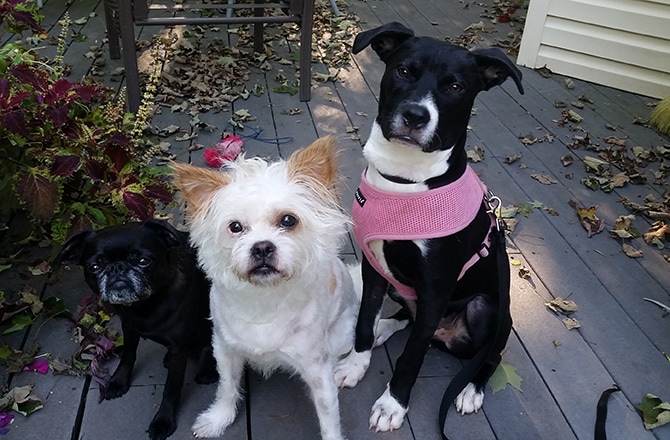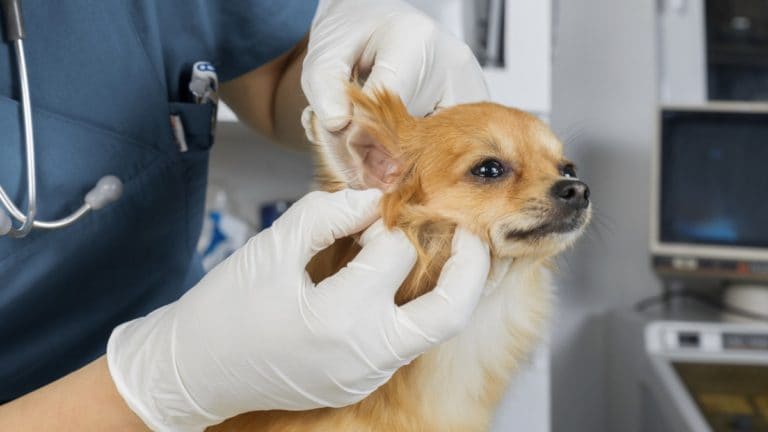Tips for Identifying Symptoms of Hip Dysplasia in Dogs
If there is one thing I know about hip dysplasia in dogs, it’s that it can be unpredictable. I have patients who have severe arthritic changes seen on X-ray that indicate serious hip dysplasia in dogs, but they walk around like their hips are perfectly fine. I have other patients that have little to no evidence of arthritis associated with hip dysplasia in dogs, yet they are sore and painful. Signs of hip dysplasia in puppies are even more confounding, because a puppy may not show any signs at all, but can then go on to develop symptoms of hip dysplasia as he or she ages. The signs of hip dysplasia in dogs can vary, and are dependent upon the age of your dog and the severity of disease.
What Are the Early Signs of Hip Dysplasia in Dogs?
Even though the symptoms of hip dysplasia in dogs are often “silent” in puppies (i.e., no symptoms), there are a few specific signs that suggest your dog has hip dysplasia. Early hip dysplasia in dogs causes looseness in the hip joint, and symptoms of hip dysplasia in young dogs are related to the degree of looseness in the hip. If the hip joint is very loose, then it may pop out (subluxate), which can cause severe pain and limping on a hind limb all of a sudden. The pain may be so severe that the puppy doesn’t want to walk on the leg at all. If it happens, your veterinarian will take an X-ray and look for other signs of early hip dysplasia. If your puppy is a breed that has a higher risk of hip dysplasia in dogs, such as a Rottweiler or Labrador Retriever, your veterinarian can perform a physical manipulation on your pup’s hips called the ‘Ortolani sign’ that can indicate the presence of hip dysplasia. Other signs in puppies and young dogs include a swaying gait or hopping like a bunny when they run or trot.
If you notice sign . dog, schedule an appointment with your veterinarian as soon as possible. There are corrective surgeries that can be performed in young dogs that can prevent or minimize the development of osteoarthritis later on. Some dogs can even lead symptom-free lives if action is taken early enough. Early detection with a physical exam, an X-ray, and in some cases, PennHip testing can prevent a lifetime of pain and suffering.
Common Symptoms of Hip Dysplasia in Dogs
In older dogs, the symptoms of hip dysplasia are usually correlated with the development of osteoarthritis within the joint. In addition to the signs shown in young dogs and puppies, older dogs with hip dysplasia can have a decreased range of motion in the hip joints and can seem very stiff when they are trying to get up and move around. Arthritis in the hip joint causes loss of cartilage and degenerative bony changes, which can create a “grating” feel when the hip joint is manipulated. Some dogs may cry out in pain, while other dogs will remain stoically silent even if it hurts really bad!
The following symptoms can be seen in hip dysplasia in dogs:
- Lagging behind on walks
- Thin muscles in the hind legs from disuse atrophy
- Thick muscles in the front legs from overuse
- Using front legs to pull himself up to standing
- Stiffness after sleeping or when it is cold outside
- Reluctance to go up or down stairs or jump
- Sleeping more
- Playing less
- Difficulty getting comfortable
- Problems sleeping
- Increased irritability
Share:









